The Mother of Thousands, also referred to as Kalanchoe daigremontana, is a charming plant endowed with an unusual method of reproduction, which gave it a distinctive name. This soucoultry, originally from Madagascar, is characterized by thick, broad leaves dotted with tiny plants. The sprouts easily drop off and root, giving rise to many offspring, hence the nickname “Mother of Thousands”. This guide provides information on how to maintain and reproduce this beautiful succulent to ensure healthy plant life and reproduction.
What Is a Mother of Thousands Plant?
The Mother of Thousands, whose scientific name is the Kalanchoe daigremontana, is a rare species of succulent flower that is particularly famous for its extraordinary reproductive capacity. It has thick, broad leaves, each of which is dotted with tiny buds or “sprouts” at the margins. These sprouts, miniature copies of the original flower, drop off when they are mature enough and become rooted anywhere they touch down, giving rise to a new plant. Thanks to this unique method of reproduction, the herb has been aptly named “Mother of Thousands”. This incredibly hardy plant originally comes from the arid regions of Madagascar, but has since adapted to a variety of climates and environments around the world. This exceptional adaptability combined with its reproductive capacity makes the Mother of Thousands a fascinating object of study in the world of botany.[1]
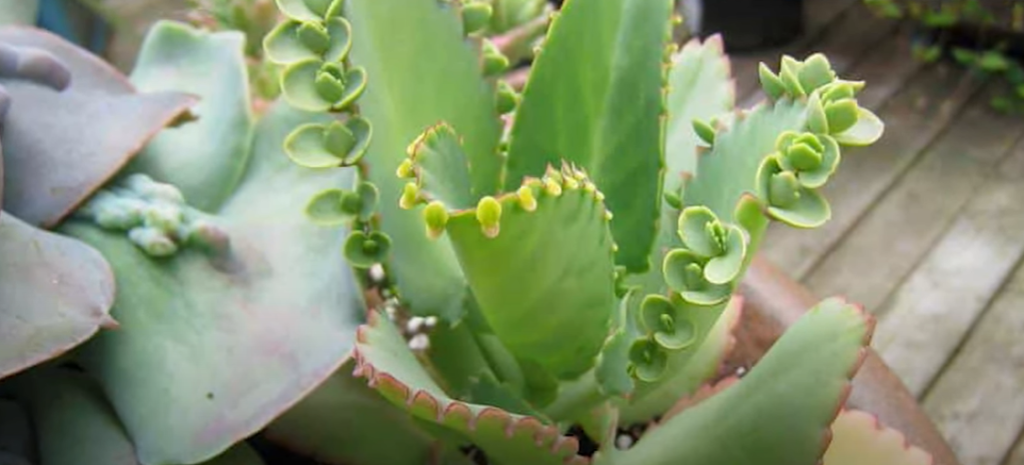
How to Propagate Mother of Thousands Plants
Reproducing the Mother of Thousands is a remarkably simple process, thanks to its unique method of reproduction. Each leaf of the plant produces numerous plantlets which have the potential to evolve into a better Mother of Thousands. If you want to propagate this plant, follow these steps:
- Collect the mature plantlets that have fallen off the leaves. You can also gently detach some from the parent plant if they are mature enough.
- Place these plantlets on top of well-draining soil for plants or cacti. Do not bury them; they simply need to make contact with the soil.
- Put the newly planted Mother of Thousands in a location with bright indirect light. Avoid exposure to the sun as it could cause burns on the young plants.
- Make sure to keep the soil lightly moist, but not wet. Overwatering can lead to root rot which is detrimental to the plantlets.
- In a few weeks, seedlings must take down roots and begin to grow into green plants.
Remember, the Mother of Thousands can be invasive due to its prolific propagation. Therefore, it’s crucial to control its spread by discarding any unwanted plantlets responsibly.[1]
How to Maintain the Mother of Thousands of Plants
Taking action on a Mother of Thousands plant is relatively straightforward due to its resilience and adaptability. Here are some key tips for ensuring the health of your plant:
- Light Requirements: The Mother of Thousands thrives in bright, indirect light. Avoid exposing it to direct sunlight for extended periods as this can cause the leaves to burn.
- Watering: Similar to other succulents, this plant prefers a ‘soak and dry’ watering method. Water the flower thoroughly and allow the soil to dry out completely before the next irrigation. Overwatering or leaving the plant in soggy soil can lead to root rot.
- Temperature: The Mother of Thousands prefers warm temperatures typical of its native habitat in Madagascar. It can withstand temperatures as low as 60°F but will struggle in freezing conditions.
- Soil: The plant needs well-draining potting soil for shrubs or cacti. The soil should retain enough moisture for the roots to absorb but drain out excess water quickly to prevent waterlogging.
- Fertilizer: During the growing season, feed your Mother of Thousands with a balanced succulent fertilizer every 2-4 weeks to support its growth.
- Pot Size: Start with a smaller pot as the plant propagates quickly and can become root-bound, which can stunt its growth. As the plant grows, you may need to repot it into a larger pot.
Remember, the health of your Mother of Thousands is primarily dependent on the care you provide. Regular monitoring and timely care can ensure that your plant thrives and continues to propagate healthily.[1]

The Best Light For A Mother Of Thousands Plant
The Mother of Thousands plant is adaptable and can flourish under a variety of lighting conditions. However, for optimal growth and health, it prefers bright but indirect light. Impact of sunlight can harm the plant, causing its leaves to scorch or wilt. If you’re growing this plant indoors, placement by a window facing north or east will provide the ideal lighting conditions. For those in the southern hemisphere, a window facing south or east would be suitable. If natural light is inadequate, artificial light sources such as fluorescent or LED lights can also be used. The plant should ideally receive at least six hours of light per day. Turn the plant regularly so that all parts get the same light exposure, thus contributing to even growth.[2]
When Will A Mother Of Thousands Plant Flowers?
The Mother of Thousands plant usually flowers in the cooler months of late fall or winter, provided it’s been exposed to sufficient light and has been properly cared for. Flowering is most likely to occur when the plant reaches maturity, typically when it’s about a year old. However, it’s important to note that this plant focuses more on vegetative reproduction – producing tiny plantlets – rather than flowering. As a result, it’s possible that your Mother of Thousands may not flower at all. The flowering is not essential for the plant’s survival or propagation, the plantlets ensure that. If the plant does flower, expect tall, upright stalks bearing clusters of tubular flowers, usually in hues of grey-purple. After flowering, the main plant often dies off, having expended its energy on blooming, but the plantlets will continue to grow and propagate, ensuring the survival of the species.[2]
How Often To Water And How To Do It Right
Watering the Mother of Thousands plant requires a balance. The frequency will largely depend on the climate and the season. In summer or warmer months, the plant may require watering once a week, whereas, in cooler months or during winter, watering may be reduced to once every two weeks or even less frequently. However, the golden rule to follow for this plant, as with most succulents, is to let the soil dry out completely between watering.
To water your Mother of Thousands correctly, follow these steps:
- Check the Soil: Before watering, always check the soil’s moisture level. You can do this by inserting your finger about an inch into the soil. If it feels dry, it’s time to water your plant.
- Water Thoroughly: When watering, do so thoroughly until water starts to drain from the bottom of the pot. This ensures that the water reaches the deeper roots.
- Drain Excess Water: Never let the plant sit in standing water. After watering, make sure to empty any excess water from the saucer underneath the pot. This helps to prevent root rot.
- Water Less in Winter: During the cooler months, the plant goes into a semi-dormant state and requires less water. Reduce the frequency of watering during this period.
Remember, overwatering is one of the most common causes of problems with the Mother of Thousands plant. It’s always better to err on the side of underwatering if you’re unsure. Your plant will show signs if it’s thirsty, such as wrinkled or shriveled leaves. If you notice such signs, increase your watering frequency slightly.[2]
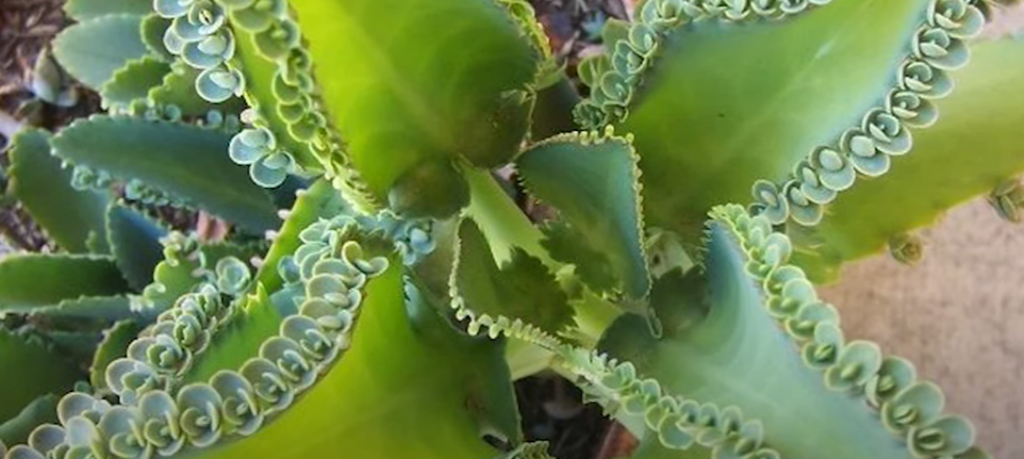
Which Potting Soil Is Best For The Mother Of Thousands Plant
The Mother of Thousands plant thrives best in well-draining soil, similar to most succulents. A pre-mixed succulent or cactus soil blend available at garden centers is usually a suitable choice as it provides the necessary drainage and aeration. These blends typically contain a mix of organic matter and inorganic grit or sand, ensuring that excess water drains quickly to prevent root rot. If you prefer to create your own soil mix, consider a combination of one part standard potting soil, one part perlite, and one part coarse sand. This mix provides the right balance of water retention and drainage, creating an ideal environment for the plant’s roots. Regardless of the mix, ensure it is free from garden pests or pathogens. Finally, remember to choose a pot with adequate drainage holes to further help prevent waterlogging and promote the overall health of your Mother of Thousands plant.[3]
Fertilizing Your Mother Of Thousands Plant
Fertilizing your Mother of Thousands plant is not mandatory, but it can enhance the plant’s growth and overall health. A balanced water-soluble succulent or cactus fertilizer is recommended for this purpose. During the active growing season, typically from spring to fall, it’s beneficial to fertilize the plant every 2-4 weeks. However, during the winter months when the plant enters a semi-dormant state, fertilization should be reduced or even eliminated.
Always remember to follow the manufacturer’s instructions when preparing and applying the fertilizer to avoid over-fertilization, which can harm the plant. Additionally, never apply fertilizer to dry soil as it can cause root burn. Always water your plant first before fertilizing. This ensures that the water carries the nutrients from the fertilizer down to the roots effectively. Regular fertilization, coupled with the right potting mix and watering regime, can help you maintain a thriving Mother of Thousands plant.[3]
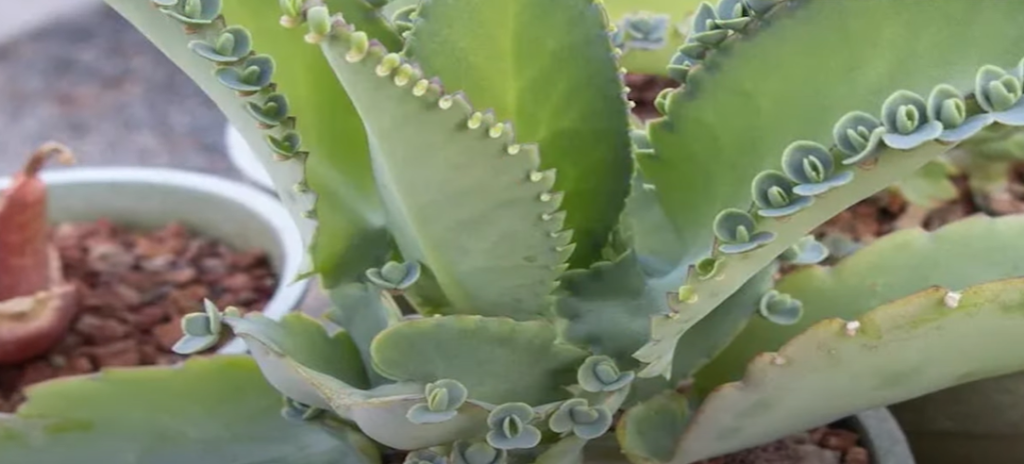
FAQ
How do you propagate a mother of thousands of plants?
Propagating a Mother of Thousands is quite a simple and exciting process, majorly due to the plant’s unique method of reproduction. The plant produces tiny plantlets along the edges of its leaves, which can mature and grow into new plants. These plantlets make propagation relatively straightforward.
Here are the steps to propagate a Mother of Thousands plant:
- Plantlet Collection: The first step in propagating a Mother of Thousands plant is collecting the plantlets. When the plantlets mature and are ready, they will naturally fall from the mother plant. You can also manually remove them if you see they have developed tiny roots.
- Prepare the Potting Mix: Fill a pot with a well-draining soil mix, similar to the one used for the mother plant. The pot should have sufficient drainage and be shallow enough for the tiny roots of the plantlets.
- Planting: Place the plantlets on top of the soil. There’s no need to bury them, as their tiny roots will automatically start burrowing into the soil.
- Watering: Lightly water the soil. Be careful not to overwater, as this could cause the plantlets to rot. A spray bottle can be useful for this purpose.
- Position: Place the pot in a bright but indirect light location, similar to the conditions in which the mother plant thrives.
- Patience: It may take several weeks for the plantlets to establish themselves and begin to grow.
Remember to keep the newly propagated plants in a stable environment, away from extreme temperature fluctuations. With a little patience and attention, these plantlets will grow into new Mother of Thousands plants in no time.
Can you propagate the Mother of Millions from cuttings?
Yes, you can propagate the Mother of Millions from stem cuttings, although this method is less common due to the plant’s prolific production of plantlets. To propagate from a stem cutting, follow these steps:
- Cutting: Choose a healthy stem from the mother plant, and with a disinfected knife or pair of scissors, make a clean cut below a leaf node. This ensures that the cutting has a good chance of rooting and developing into a new plant.
- Drying: Allow the cut end of the stem to dry out and form a callus. This process usually takes a few days and is crucial in preventing the cutting from absorbing too much water and rotting. The callus acts as a protective layer and helps the cutting establish roots more effectively.
- Planting: Once the cut has dried and callused, place the stem cutting into a pot filled with a well-draining soil mix. Only the bottom part of the stem should be inserted into the soil. Ensure that the cutting is stable and upright to promote successful root development.
- Watering: Water lightly after planting the cutting, ensuring the soil is moist but not saturated. Overwatering can lead to rot, so it’s important to strike a balance. Regularly check the soil moisture and adjust watering accordingly to create an optimal environment for root growth.
- Care: Position the pot in a bright location with indirect sunlight, as the cutting needs light to grow but direct sunlight can be too harsh. Additionally, maintain a stable environment away from temperature extremes, as extreme heat or cold can hinder root development. Regularly monitor the plant for any signs of stress or disease and take appropriate action.
With adequate care and patience, the stem cutting will gradually develop roots and mature into a new plant. Remember, propagation success may vary depending on various factors, but growing the Mother of Millions from stem cuttings can be an enriching and rewarding experience for any plant enthusiast.
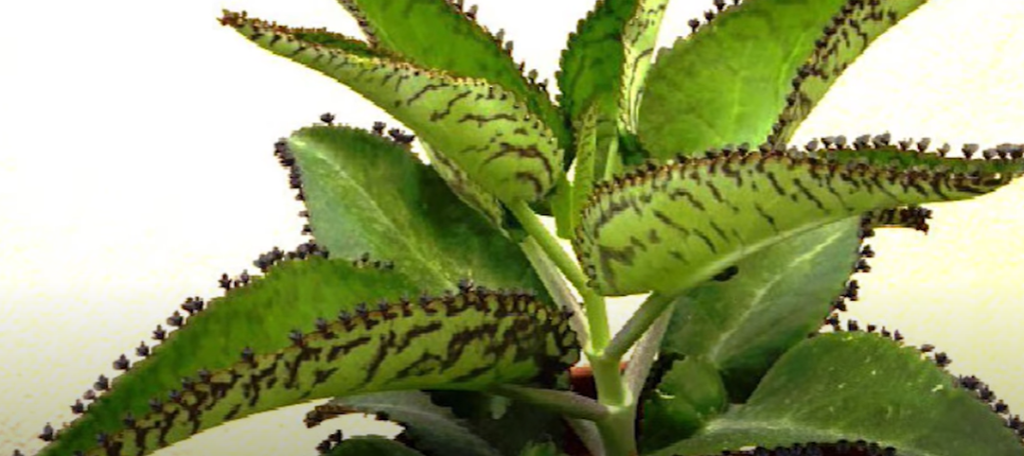
How do you propagate kalanchoe from cuttings?
Propagating Kalanchoe from cuttings is a straightforward process. Just like the Mother of Thousands, Kalanchoe can also be propagated from stem cuttings. Here are the steps to do it:
- Taking the Cutting: Choose a healthy stem from the parent plant, and using a clean, disinfected knife or a pair of scissors, make a neat slice just below a leaf node. The cutting should be approximately 3-4 inches long.
- Drying the Cutting: Allow the cutting to dry for a few days until the cut end forms a callus. This drying process, known as “curing,” is essential to prevent the cutting from absorbing too much water and rotting when planted.
- Planting the Cutting: Once the cut end has callused, place the stem cutting in a pot filled with a well-draining cacti or succulent potting mix. The bottom third of the stem should be below the soil surface.
- Watering: Water lightly after planting the cutting. The soil should be moist but not overly saturated to prevent root rot. Continue watering every time the soil starts to dry out.
- Positioning and Care: Place the pot in a location with bright, indirect light. Maintain a stable environment and protect the cutting from extreme temperatures.
With proper care, the cutting will develop roots and start to grow into a new Kalanchoe plant within a few weeks. Patience is key during this process as propagation success can vary. Propagating Kalanchoe from cuttings is a rewarding experience, allowing you to expand your plant collection and share it with friends and family.
How do you propagate an alligator plant?
The Alligator plant, also known as the Mother of Thousands, can be propagated similarly to the aforementioned methods, primarily through plantlets and stem cuttings. The steps are as follows:
- Plantlets Propagation: Alligator plants produce abundant plantlets along the edges of their leaves, which can be collected when they have matured and developed tiny roots. These plantlets can be placed on top of a well-draining soil mix. Water lightly and place the pot in a location with bright, indirect light. These plantlets will begin to grow into new plants after a few weeks.
- Stem Cuttings Propagation: To propagate from a stem cutting, choose a healthy stem from the plant and make a clean cut below a leaf node. Allow the cut stem to dry out and form a callus over a few days before planting it in a well-draining soil mix. Water lightly and keep the pot in a bright location with indirect sunlight.
Remember to always keep an eye on the moisture of the soil to prevent overwatering. Both propagation methods require patience and consistent care, but they offer an exciting opportunity to expand your Alligator plant collection.
How do I propagate my plant?
Plant propagation methods can vary greatly depending on the species of the plant you are trying to propagate. However, some general steps are often involved in most types of plant propagation.
- Choose Your Method: Decide whether you will propagate your plant through seeds, cuttings, division, or grafting. The best method depends on the specific plant species.
- Prepare Your Materials: You will typically need a cutting tool (like a knife or scissors), a pot with drainage holes, and a well-draining soil mix. Depending on the method, you may also need rooting hormone.
- Take the Cuttings or Seeds: For cuttings, choose a healthy, disease-free part of the plant. Cut off a 3-6 inch segment from the parent plant, ideally just below a leaf node. For seeds, collect them from a mature plant or buy them from a trusted supplier.
- Prep the Cuttings or Seeds: If you’re using cuttings, remove the lower leaves, dip the cut end in rooting hormone (if using), and let it dry out for a few hours to a few days to form a callus before planting. If you’re using seeds, prepare them as directed on the packet (this may involve soaking, stratifying, or scarifying).
- Plant the Cuttings or Seeds: Plant cuttings or seeds in a pot filled with a well-draining soil mix. For cuttings, only the bottom part should be buried in the soil.
- Provide Proper Care: Position the pot in a bright location with indirect sunlight, and keep the soil consistently moist but not waterlogged. The pot should be placed in a stable environment, away from temperature extremes.
Remember that patience is key. It may take several weeks, or even months, for your propagated plants to establish themselves and begin to grow. With consistent care and attention, you’ll soon be rewarded with new plants for your collection.
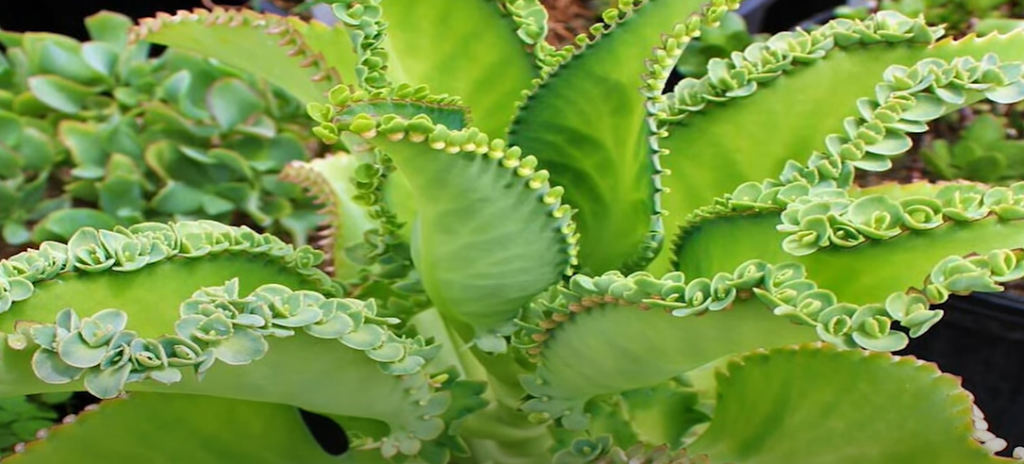
Will plant cuttings root in water?
Yes, many types of plant cuttings will root in water. This process, known as water propagation, involves placing a suitable stem cutting in a container of water and waiting for roots to develop. Water propagation is a popular and effective method for propagating plants, particularly for water-loving species like Pothos, Philodendrons, or Spider plants.
However, it is crucial to remember that not all plant species can propagate this way. Succulents and cacti, for instance, tend to rot in water and are better suited to soil propagation. Each plant species has its own unique requirements for successful propagation.
When propagating plants in water, it is important to ensure that only the cut end of the stem is submerged. Submerging the leaves can lead to rotting. It is also recommended to change the water regularly to maintain its freshness and prevent the growth of algae, which can hinder root development.
Once the roots have developed, the cuttings can then be transferred to soil for further growth. This transition from water to soil helps the plant establish a stronger root system and adapt to a different growing medium.
It is worth noting that the success rate of water propagation can vary depending on factors such as the plant species, the health of the cutting, and the environmental conditions. Patience and proper care are key throughout the process to maximize success and ensure healthy plant growth.
Useful Video: How to Grow a Mother of Thousands Plant: Tips & Tricks
Conclusion
Plant propagation is an exciting and fulfilling adventure for plant enthusiasts, offering a practical way to expand your plant collection and create new life. The various methods available, including plantlets, stem cuttings, seeds, and water propagation, each present unique opportunities and challenges that add to the thrill of the process.
When it comes to plant propagation, success lies in paying attention to key elements. It starts with using appropriate well-draining soil, which provides the necessary foundation for healthy growth. Providing sufficient indirect light ensures that the plants receive the energy they need to thrive. Additionally, maintaining an optimal watering regimen is crucial to keep the plants hydrated without causing water logging or root rot.
Creating a stable environmental condition is another essential aspect of successful propagation. This includes controlling factors like temperature and humidity to create an environment that mimics the plant’s natural habitat, promoting healthy growth and minimizing stress.
While following these guidelines is important, it’s equally crucial to cultivate patience throughout the propagation journey. Each plant is unique, and success can vary depending on factors such as species, method, and external conditions. It may take time for your new plants to establish and grow, but remember that every tiny sprout is a testament to your nurturing abilities and contributes to the biodiversity of your home or garden.
So, let’s embark on this rewarding journey of plant propagation together and create a thriving botanical haven that brings you joy and a sense of accomplishment. Happy propagating!
References:
- https://savvygardening.com/mother-of-thousands-plant/
- https://www.masterclass.com/articles/mother-of-thousands-plant-care-guide
- https://plantura.garden/uk/houseplants/mother-of-thousands/mother-of-thousands-overview



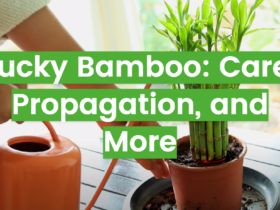
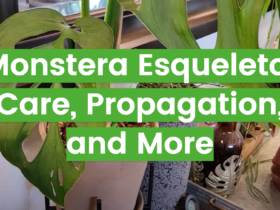


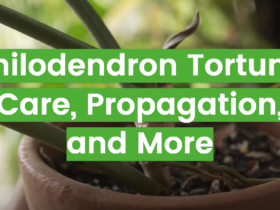

Leave a Review